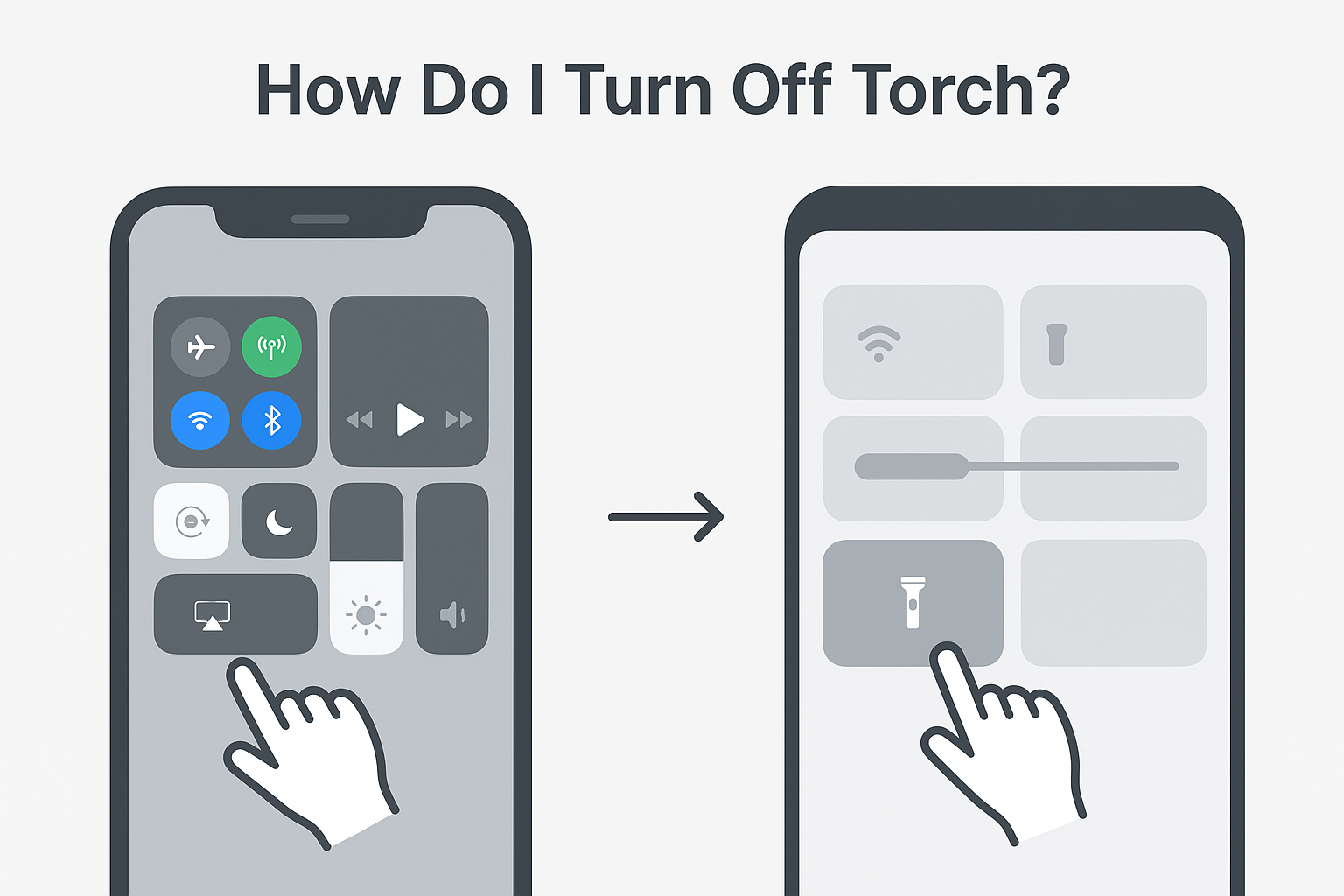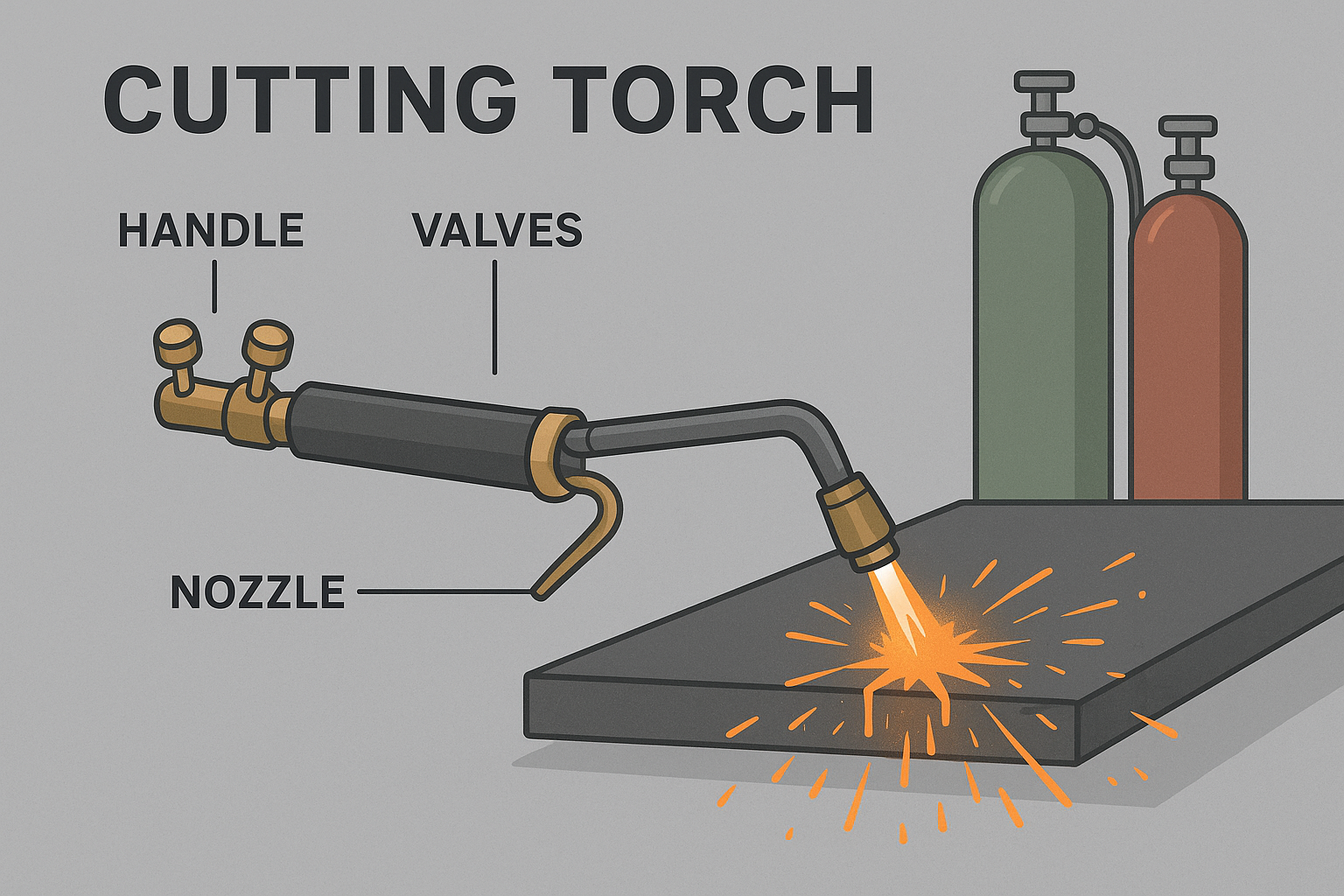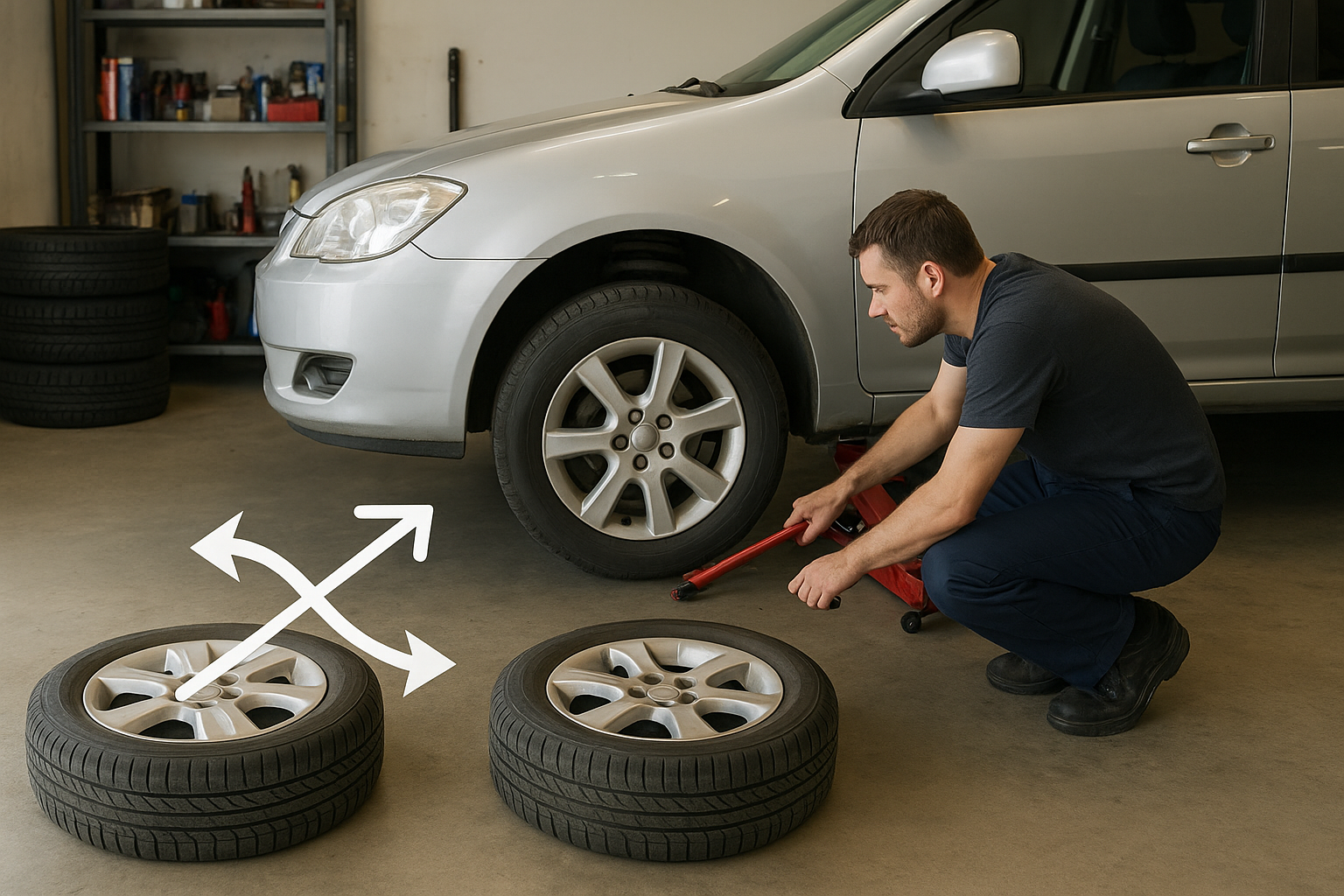Your tires are like your car’s shoes — they take the brunt of every bump, corner, and sudden stop. But unlike shoes, you can’t just swap them out when they feel uneven. You need to rotate them to make sure they wear evenly and last longer. The question is: how often should you rotate your tires before they start causing trouble?
Let’s break it down in a way your mechanic (and your wallet) will appreciate.
Quick Answer — How Often Should You Rotate Your Tires?
Most experts recommend rotating your tires every 5,000 to 7,500 miles. For the average driver, that works out to roughly every 6 months.
If you drive more frequently, tow heavy loads, or live in extreme weather conditions, you might need to rotate them sooner. The safest bet? Check your car’s manual — it’s basically your tire’s personal calendar.
Why Tire Rotation Matters
When you drive, your front and rear tires wear down differently. On front-wheel-drive cars, the front tires wear faster because they handle steering and most of the braking force. On rear-wheel-drive cars, the back tires take more of the load. Without rotation, this uneven wear can lead to:
- Shorter tire lifespan — Uneven tread wear means replacing them sooner.
- Reduced safety — Less grip, especially in wet or icy conditions.
- Lower fuel efficiency — Uneven tires make your car work harder.
- Vibration and noise — Worn spots can create an annoying hum or shake.
How Often Should You Get Your Tires Rotated for Different Vehicles?
- Front-wheel-drive cars — Every 5,000–7,500 miles.
- Rear-wheel-drive cars — Every 5,000–7,500 miles.
- All-wheel-drive cars — Often recommended every 5,000 miles because uneven wear can affect the entire drivetrain.
- Performance vehicles — Check more frequently; high-speed driving and cornering wear tires faster.
Signs You’ve Waited Too Long to Rotate
If you’re not sure how often you should have your tires rotated, look for these red flags:
- Uneven tread depth between front and rear tires.
- Pulling to one side while driving straight.
- Steering wheel vibration at certain speeds.
- Tires wearing faster on one edge.
If you spot these signs, you might already be cutting your tire’s lifespan short.
How Often Should You Rotate Your Car Tires in Different Conditions?
- City driving — Stop-and-go traffic wears tires faster, so stick to the 5,000-mile mark.
- Highway driving — Slightly less wear, but still rotate at least every 7,500 miles.
- Off-road driving — Rotate more often (around 4,000–5,000 miles) due to uneven terrain wear.
- Hot climates — Heat speeds up tire wear; rotate sooner.
- Cold climates — Winter tires should be rotated before and after the season.
Tire Rotation Patterns (Yes, They’re a Thing)
Not all tires are swapped the same way. Mechanics follow rotation patterns based on your vehicle type:
- Forward cross — Common for front-wheel-drive.
- Rearward cross — Used for rear-wheel-drive and AWD.
- X-pattern — All tires move diagonally, great for uniform wear.
Your mechanic will know which one’s right for you — but it’s good to be in the loop.
What Happens If You Don’t Rotate Your Tires?
Skipping rotations might not cause immediate disaster, but over time it can mean:
- Having to replace tires sooner (costing hundreds).
- Worse handling, especially in rain or snow.
- Higher risk of a blowout.
- Warranty issues — some tire warranties require proof of regular rotation.
Think of tire rotation like brushing your teeth — you can skip it, but you’re not going to like the long-term results.
Can You Rotate Tires Yourself?
Yes, if you have the right tools and know-how, you can rotate tires at home. But for most people, it’s easier and safer to have it done professionally — especially since shops often check your alignment, balance, and brakes at the same time.
Final Word — Keep It on Schedule
So, how often should you rotate your tires? For most drivers, every 5,000 to 7,500 miles is the sweet spot. If you’re unsure, check your manual or ask your mechanic. Keeping up with rotations means longer-lasting tires, better safety, and smoother rides — and that’s a win for your car and your budget.












